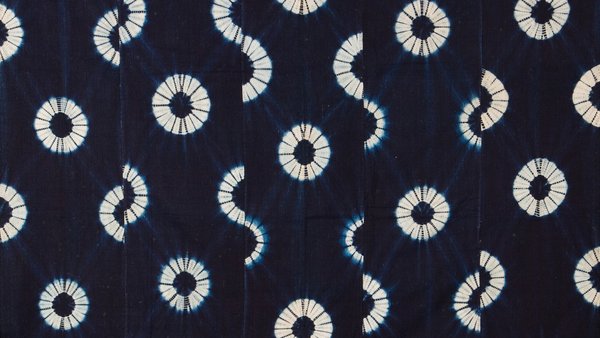Tie-Dye Origins

Today, we embark on a journey to unravel the vibrant and captivating history of tie-dye, a textile art form that has transcended cultures and eras. We dive into the origins of tie-dye, seeking to understand the roots of this technique that transforms plain fabrics into kaleidoscopic masterpieces.
Ancient Roots:
Tie-dye's story begins centuries ago, with evidence suggesting its existence in ancient civilizations. The earliest instances date back to as early as the 6th century in Peru, where remnants of tie-dyed fabrics were discovered.

Japanese Shibori:
One of the earliest documented forms of tie-dye emerged in Japan, known as "shibori." This traditional Japanese resist-dyeing technique involves folding, binding, and manipulating fabric before dyeing, resulting in intricate and unique patterns. Shibori's influence has been a significant precursor to modern tie-dye methods.

Hippie Movement and Counter Culture:
Tie-dye as we recognize it today gained widespread popularity during the 1960s and 1970s, coinciding with the rise of the hippie movement and the counterculture revolution. The vibrant, psychedelic colors and free-form patterns of tie-dye became symbolic of peace, love, and individual expression. Tie-dye adorned clothing, accessories, and even art, reflecting the era's rejection of societal norms.

Tie-dye's origins are woven into the fabric of diverse cultures and artistic traditions, from ancient civilizations to the counter-cultural movements of the 20th century. Its evolution reflects a harmonious blend of global influences, making it a timeless and ever-evolving art form that continues to inspire creativity and self-expression.
- Tags: Development
